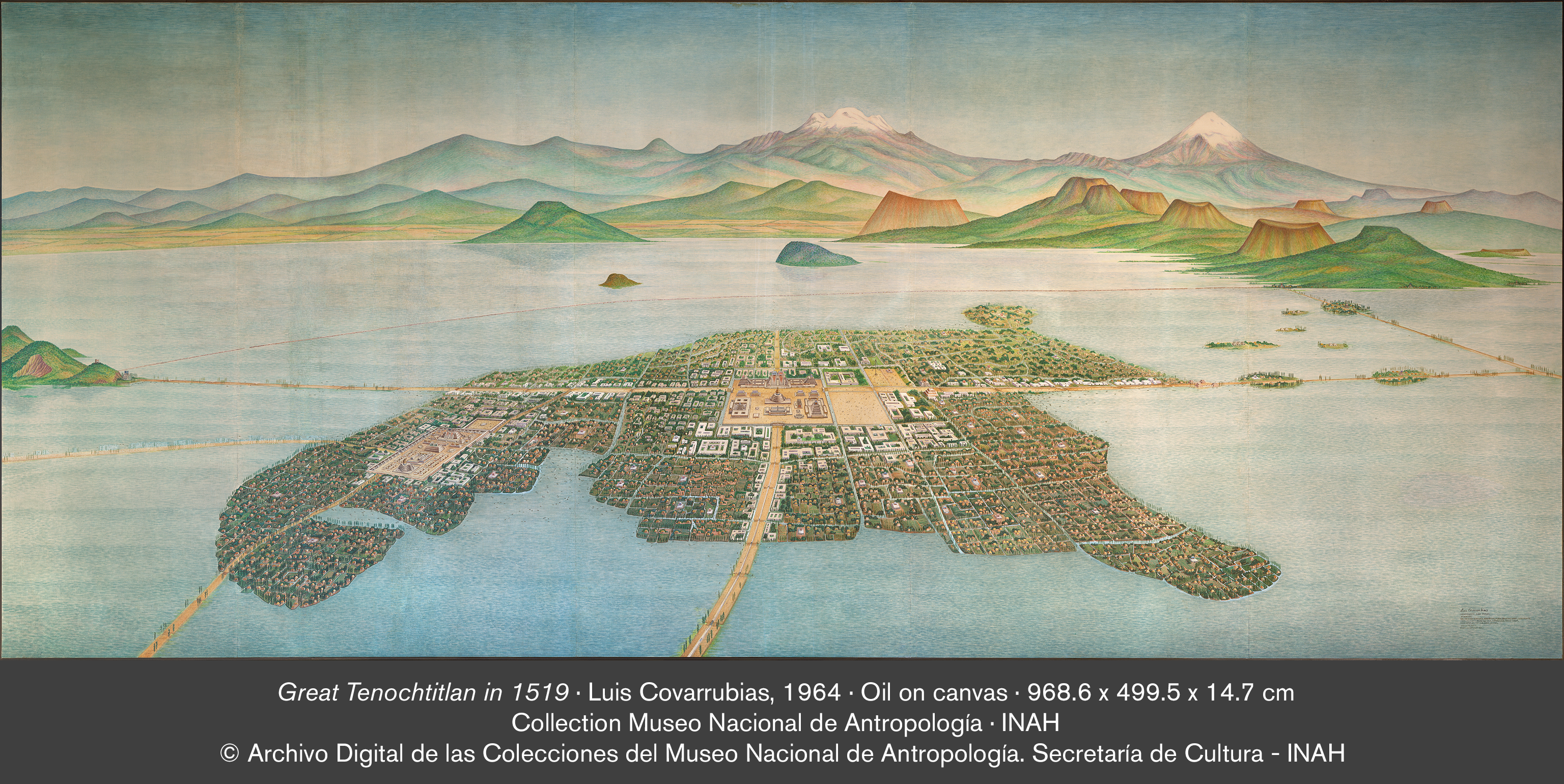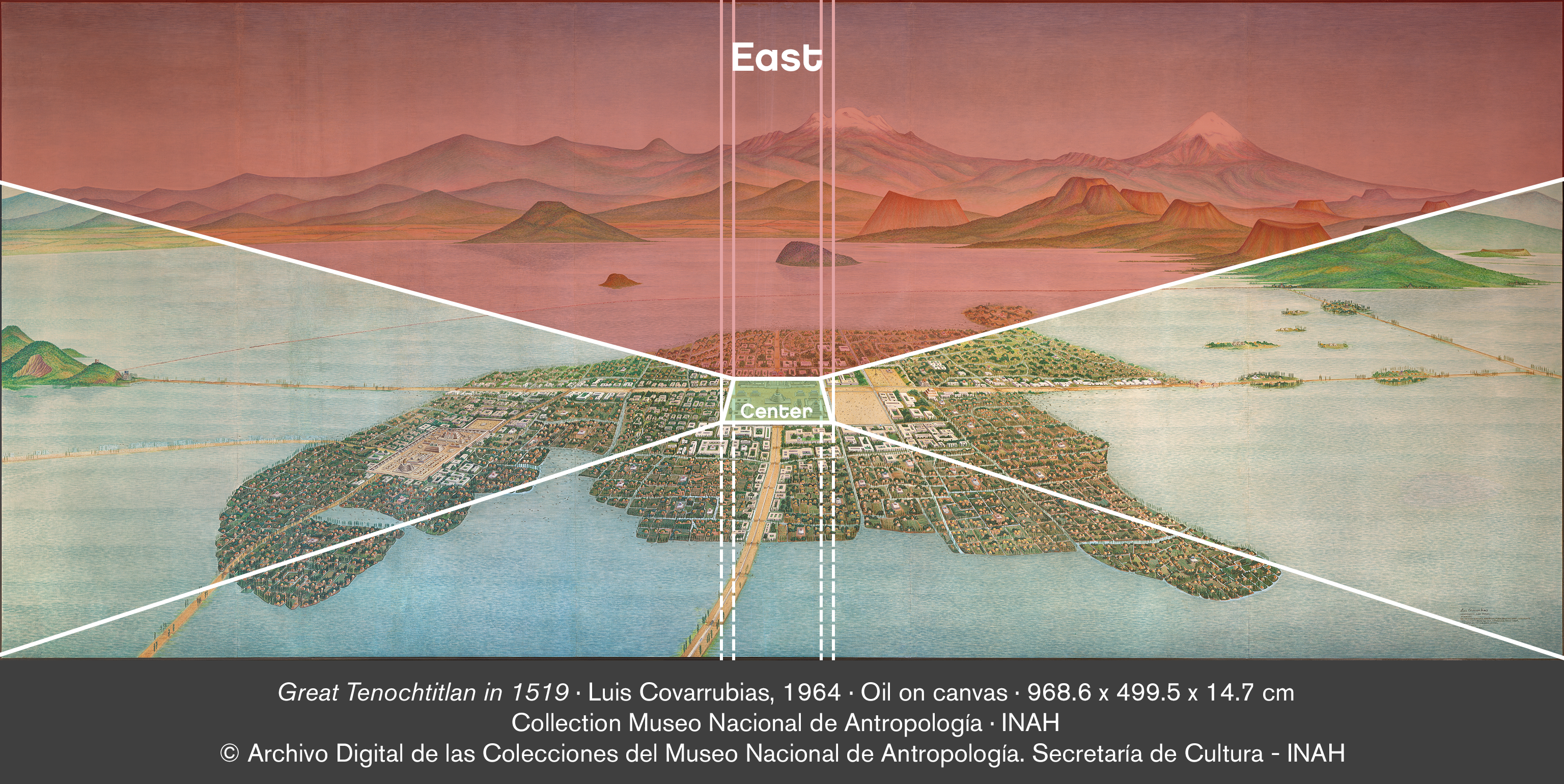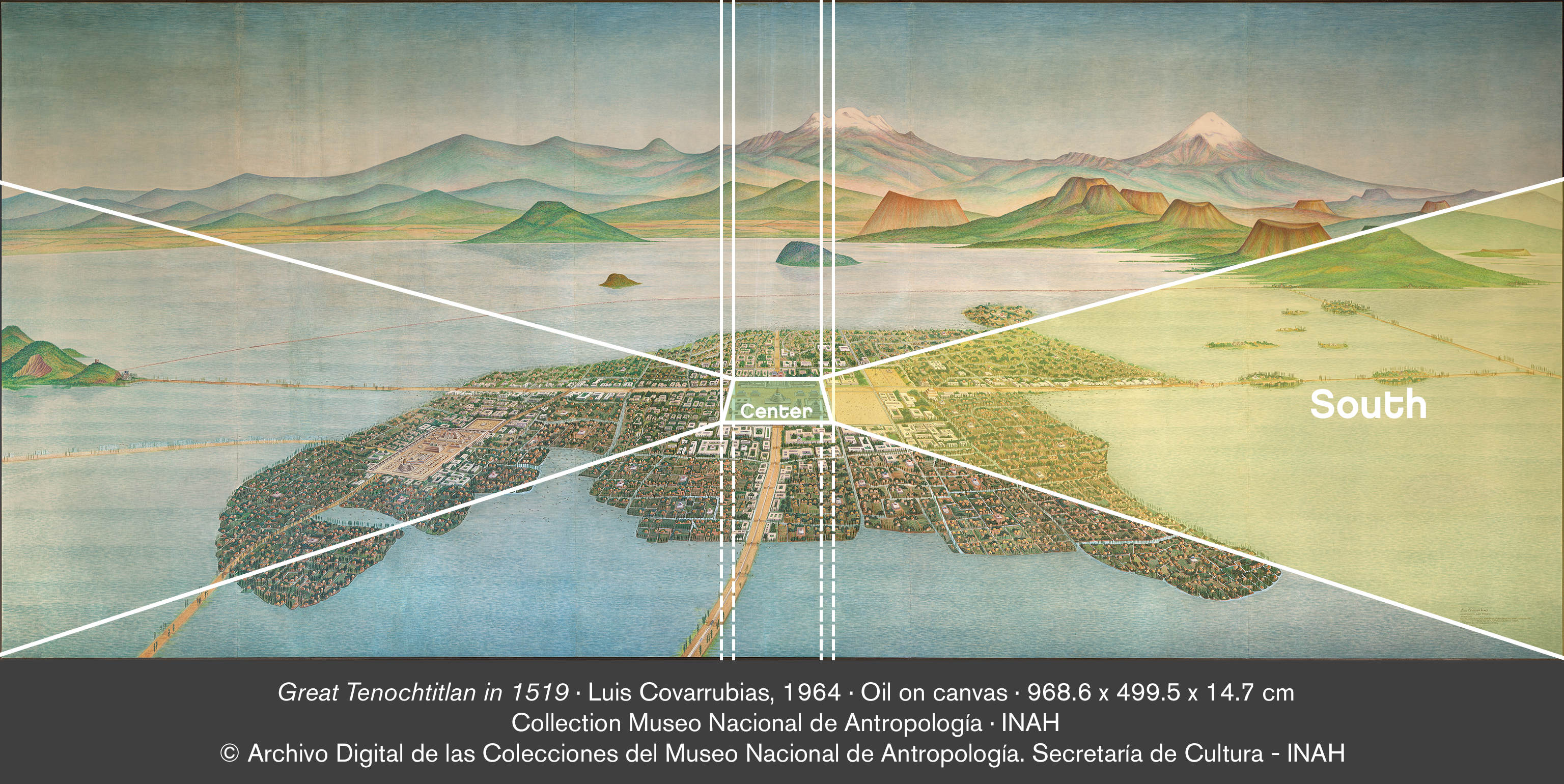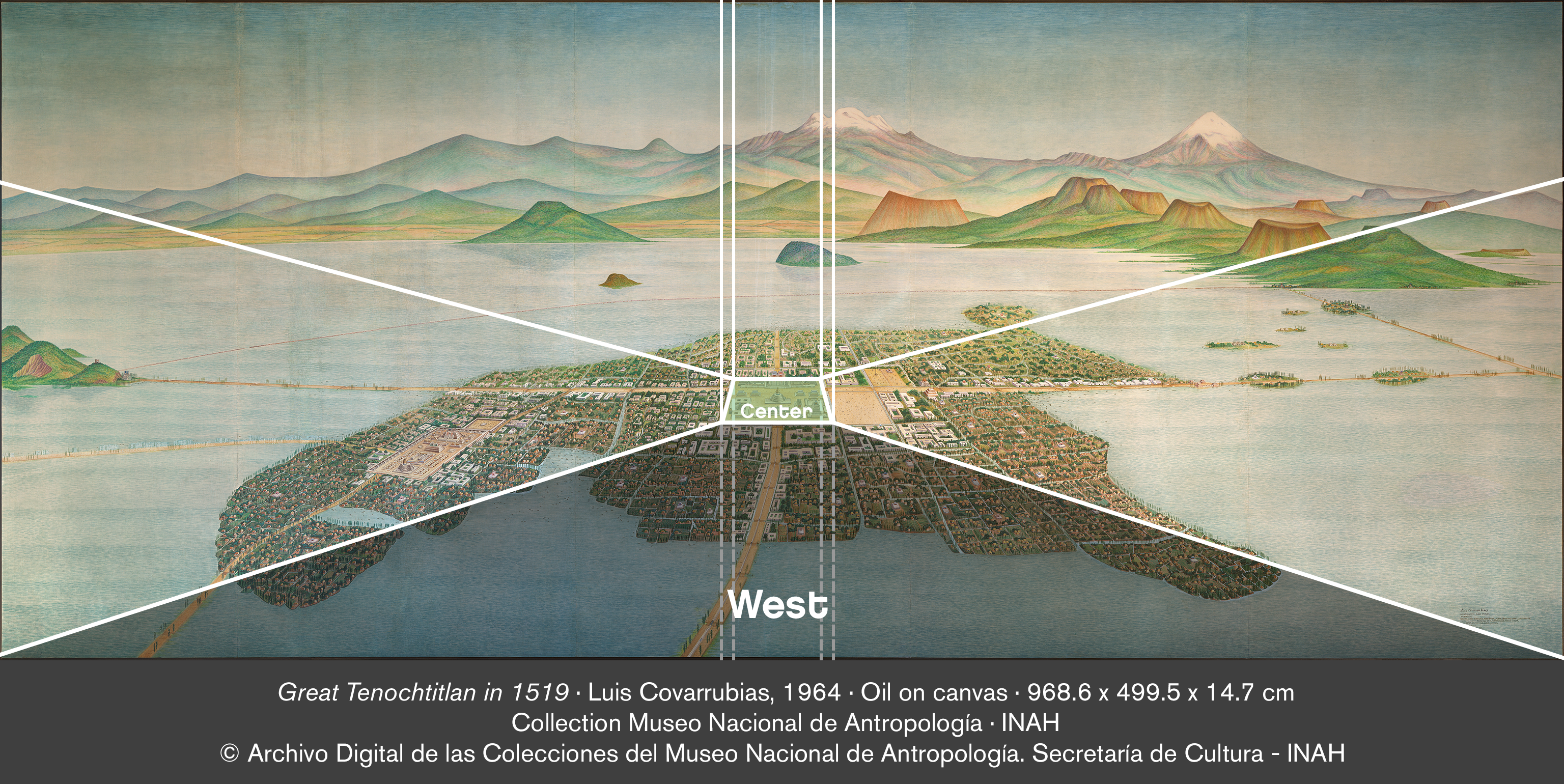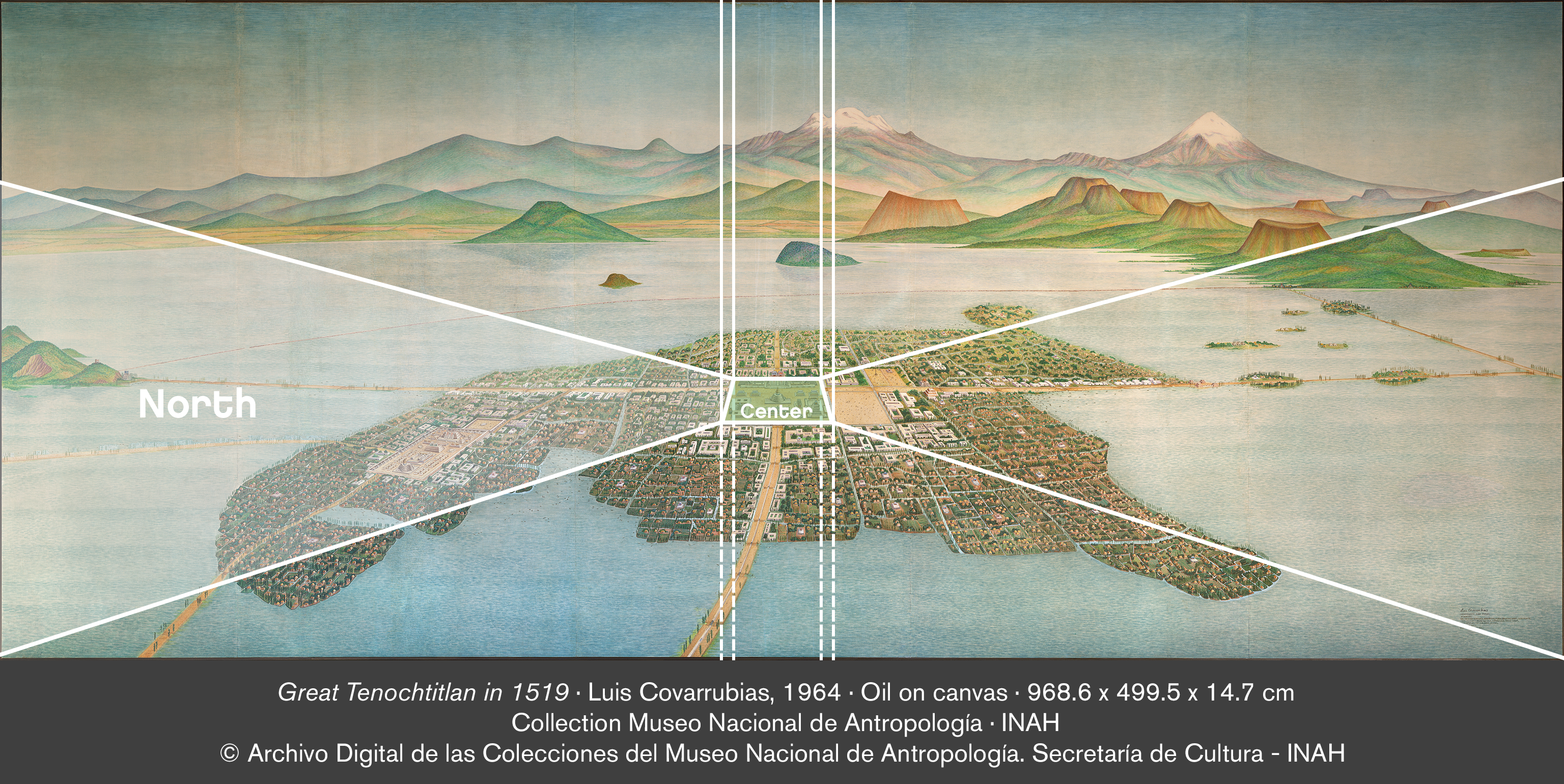Xochipilli, the Mexica Essence
From Aztlan, “place of herons,” the Aztecs set out on a legendary pilgrimage that took them to the Basin of Mexico. On the way, at Coatepetl Hill, near Tula, they first lit New Fire, a symbol of the renewal of the world that had to be lit again every fifty-two years. There they marked their origin, there they named themselves Mexica.Their destiny was fulfilled when they beheld an eagle perched on a prickly pear cactus. That is where they settled, surrounded by lakes ringed by volcanoes. From that islet they fiercely defended their freedom until they became conquerors, lords of Anahuac and of lands farther than the eye could see.Day after day, night after night, in ongoing cycles of fire and water, sowing and harvesting, the Mexicas perpetuated their culture’s dual cosmos; death was the only guarantee of life.With this duality, they wove the fabric of their days. Their domain grew to remote frontiers, filled with diverse peoples and landscapes. Thus, their numbers grew. From all across the land came cacao from Tlacotalpan and jaguars from Xoconochco; salt from Iztapa and rubber from Tochtepec; cotton from Cuauhnahuac and gold from La Chinantla; reeds from Cuauhtitlan, paper from Tepoztlan; agave from Acolman, obsidian from Sierra de las Navajas; the poetic words of Nezahualcoyotl; deer and lime from Tepeaca; flowers from Xochimilco; sculptural mastery from Chalco.There, on the slopes of Mount Iztaccihuatl, “white woman,” appeared a marvel in stone carved by Chalco hands manifesting the wisdom and beliefs of the peoples and the vast universe of Mexica art and culture.And so Xochipilli, Lord of Flowers, was born. Even today, the essence and power of the Mexicas live on through him.



